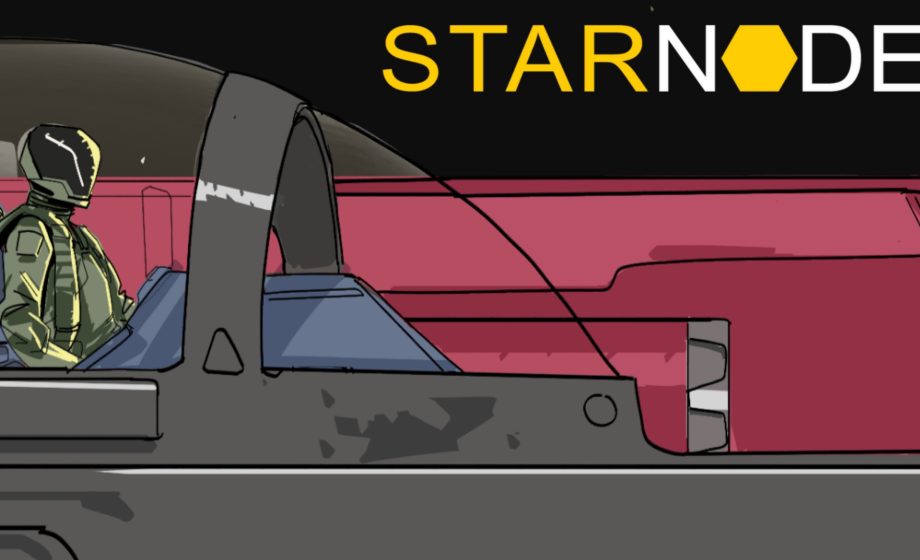Today’s French Tech Friday startup does a very simple thing: it can run your asynchronous javascript functions in parallel.
Ok, I might have hit you a bit hard there… How about we start at the beginning and discover all about StarNode.
What on earth is Node.Js?
Our story starts with Node.Js and we need to know a bit about it to understand the feat pulled by Starnode.
All we need to know right now is that it relates to JavaScript, a language used by internet browsers to allow actions on a website. Sorry tech gurus, I’m deliberately keeping it simple and incomplete for readability’s sake.
This JavaScript language is within your own computer and does its work there.
On the other hand, you can also have a heavy load of work done elsewhere, on the server. There it has a different name. It’s called Node.Js.
To make it clearer, let’s see what type of websites currently rely on Node.Js to answer customers’ queries. There’s Paypal, Uber, LinkedIn, Netflix and Mozilla (and many others). All of them need to process numerous simultaneous requests and Node.Js is perfect for this purpose as well as being easy to scale up if demand rises.
But it is not ideal and has one drawback that makes some developers drop the idea altogether. It can only use one processor at a time. Even with multi-core servers, you’ll only be as fast as the one top processor and miss out on the full strength of the set-up.
It’s a bit like have a fast-food joint with many checkouts but only one works because there’s only one employee.
In comes Starnode
Well done for keeping up with me all the way to this part. If you’ve understood the Node.Js limitations, you will easily grasp the revolution Starnode is launching.
With Starnode, you’re opening all the checkouts. Meaning, you can use all the processors at your disposal, at the same time. Can you imagine the amount of burgers requests you could handle?!
This could be done before but required heavy rewriting of all the code involved. It required extensive knowledge and a lot of time.
With Starnode, a single word needs to be added at the beginning of the line of code. Then, provided Starnode is on the server, the full power of the hardware is unleashed.
Node.Js can now be used for demanding tasks such as Big Data analysis, language processing, artificial intelligence, 3D…
Young startup, experienced scientists
Scale Dynamics, the Starnode startup, came to be in March 2018. The actual product was only released a month ago. Founder Gilbert Cabillic is all but a newbie. He had founded Flexycore in 2008 to accelerate (again!) the Android applications so that older phones could run new apps. Google was so impressed, they acquired the startup.
This time, he founded Scale Dynamics with Jean-Philippe Lesot, and recruited fellow PhDs to take on the challenge. No junior profiles there.
The team of ten won’t rest as, following a beta period, the product is ready to meet its first clients starting with big companies with great processing needs. So far, they’ve succeeded in accelerating functions up to almost six times.

The current code modifications to run Starnode are insignificant but Gilbert wants to go a step further and offer a solution with no code modification. At all. That and more speed so 2019 will be busy indeed.
Global market
Currently settled in Brittany, France, the team will open offices in the US in 2019. There is really no frontiers in the use of the Node.Js and that’s a good thing for Star Trek buff Gilbert as it seems he hasn’t reached the final frontier yet. Beam us up Starnode! Let’s get a speeding ticket!

